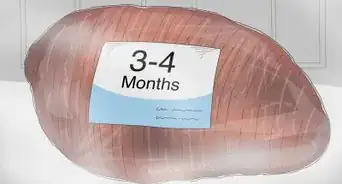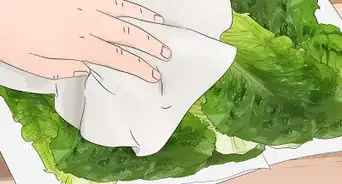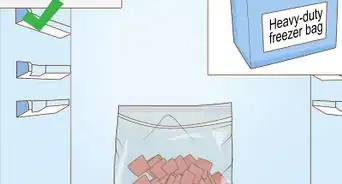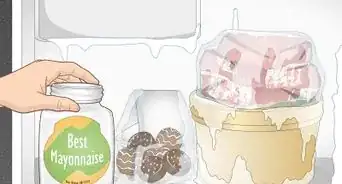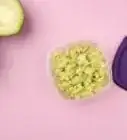This article was co-authored by wikiHow Staff. Our trained team of editors and researchers validate articles for accuracy and comprehensiveness. wikiHow's Content Management Team carefully monitors the work from our editorial staff to ensure that each article is backed by trusted research and meets our high quality standards.
This article has been viewed 20,998 times.
Learn more...
A food handler’s card is required for many culinary jobs, including cook, barista, and caterer. Though each state has slightly different requirements, the basics are the same. To obtain your card (also known as a certificate, license, certification, or credentials), you’ll need to pass a government-approved test and pay a fee. Then you can print your license or choose to receive a hard copy in the mail. Once you’ve completed the necessary steps and can present your official food handler’s card, you can start working with food!
Steps
Taking the Course
-
1Find the course for your state online. You can generally find the course (which ends with the test) with a simple Google search. Taking the course and test online can be more convenient because it lets you go at your own pace and gives you more flexibility. The course and test should generally take around 1.5-2 hours.[1]
- If you’re having trouble finding the official food handler’s course and test for your state, you can usually find the link by searching on your state’s .gov website.
-
2Go to a community college if you can’t take an online course. This option is helpful if you don’t have access to a computer to take the course or you’d prefer take it in person. Check for local food handler’s certification classes at colleges nearby and sign up for one. These generally only take a day and cost the same as your certification fee.Advertisement
-
3Pay the fee to take the test and receive your card. Whether you take your test online or in person, you’ll need to pay a fee for the service. Some states charge separately for taking the test and receiving your card, while others include both steps in the price. The typical total cost ranges between $7-10.
-
4Pay attention to the course so you can ace the test on the first try. The test will draw questions directly from the course presentation, so it’s important to pay attention! Make sure to follow along and take notes if you need to. You may be able to take the test again, but if you pay attention to the course, you shouldn’t need to.
- Re-taking availability depends on the location. Some courses will come with 2 test attempts, which you can use immediately. If you fail both of those, you’ll need to pay to take the course and test again.[2]
- Check your course details to see how many attempts are allowed in your location.
Passing the Test
-
1Complete the test and get your results. The questions have multiple choice answers for you to pick from. Use the information from the presentation to choose the correct answers. At the end of the test, you will immediately find out whether or not you passed.
- Different states will have different scoring requirements.
-
2Print or request a physical copy of your certification. If you take the test online, you can print off a copy of your card right away. If you take the test at a local community college, you can request a physical copy.
-
3Take the test again if you move to a different state. Food handler’s cards are non-transferable between states, so you’ll have to take a new test if you move. However, if have a certification from ServSafe, which is recognized in all 50 states, you do not need to get a new card.
- Some cities and counties require you to register your card with them, while others do not. Check with your local municipality to see what the requirements are.
-
4Renew your food handler’s card every 2-5 years. Your card’s expiration date will depend on your location, but on average, your first food handler’s card will be good for 3 years. To renew, you’ll need to take the course and test and pay the fee again. Make sure to do this before your original card expires!
- In some states, renewed cards are good for 1-2 years longer than your first card.
Determining if You Need a Card
-
1Get your certification if you are the owner or manager. Even if you aren’t required to have a card, you should still take the time to get your certification. This will let you lead by example and properly educate your employees on food safety.
-
2Ask your boss if your position requires a food handler’s card. Some restaurants don’t require all employees to have a card. Instead, they follow a rule that there must be 1 certified employee working at all open hours who can teach everyone else.
- This is often the case with food truck businesses with unwrapped food or food preparation involved.[3]
-
3Call your city health department if you have any questions. The rules can change depending on your city or municipality. If you’re not sure if the rule applies to you, call your city health department and ask. It’s always better to be clear on the rules than accidentally break one![4]
References
About This Article
To get a food handler’s card, which you’ll need for culinary jobs like chef, barista, and caterer, start by going to your state’s .gov website to find the required food handler’s course for your state. Then, complete the course online, or sign up for the course at your local community college. Once you’ve completed the course, you’ll need to pay for and pass a government-approved test before you can receive your food handler’s card. If you take the test online, you can print out your card right away. Alternatively, request a physical copy if you took the test at your community college. Keep in mind that you’ll need to renew your card every 2 to 5 years, which will require taking the test and paying the fee again. For more advice, including how to study for your food handler’s exam, keep reading!
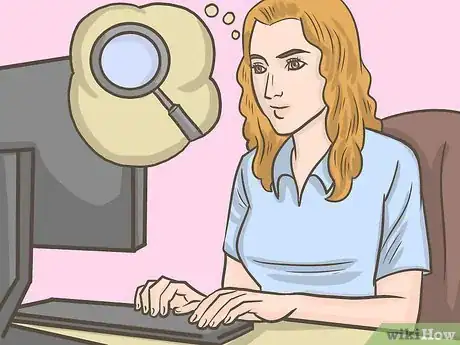

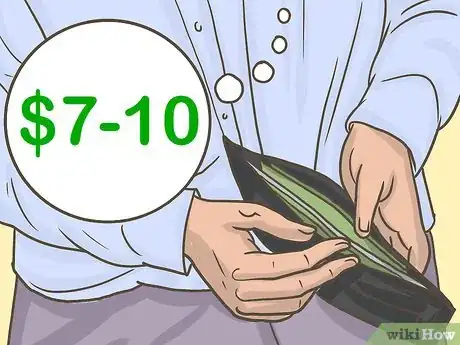
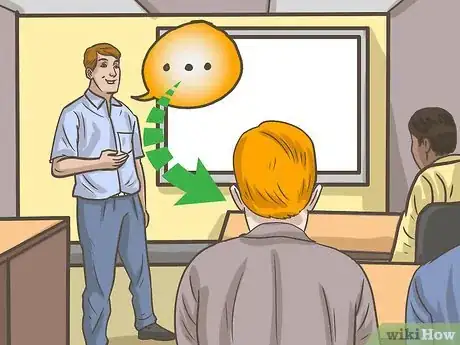
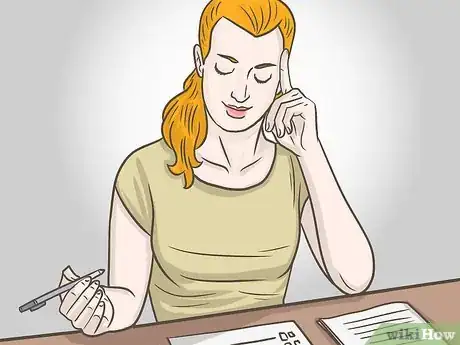
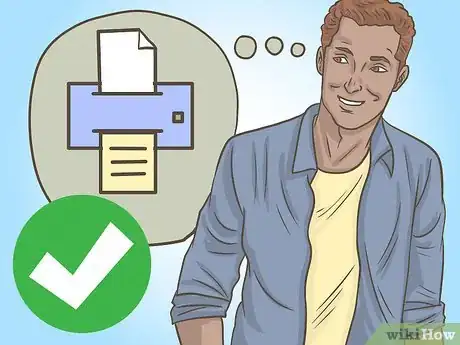
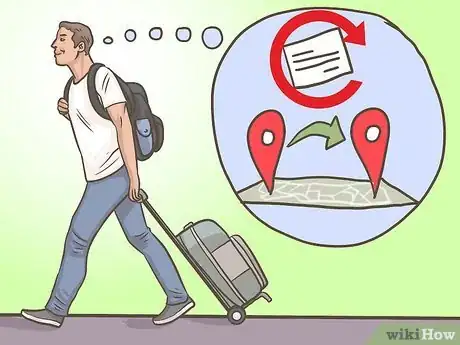
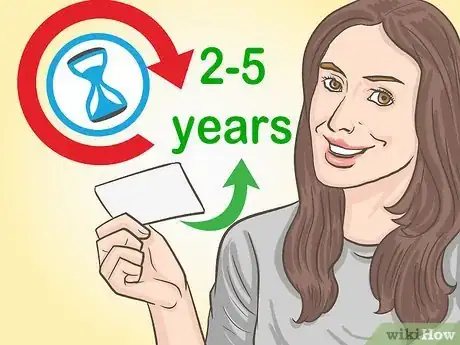
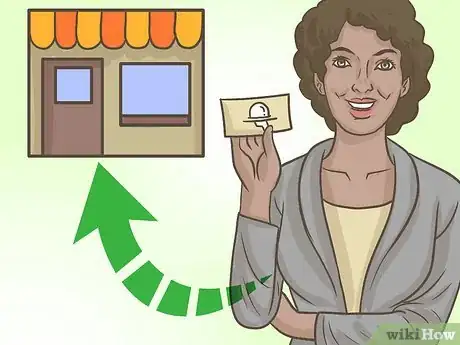
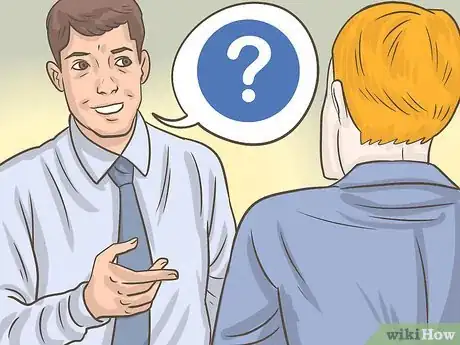
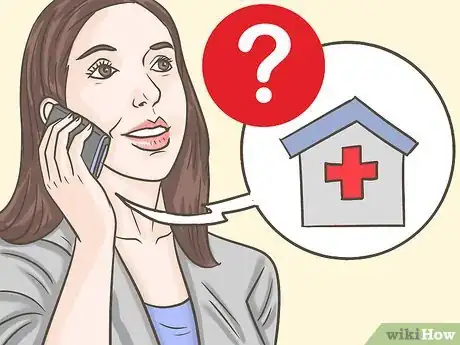



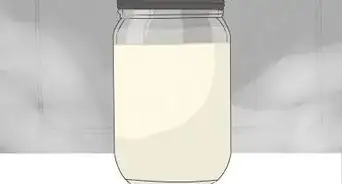
-Step-11.webp)
